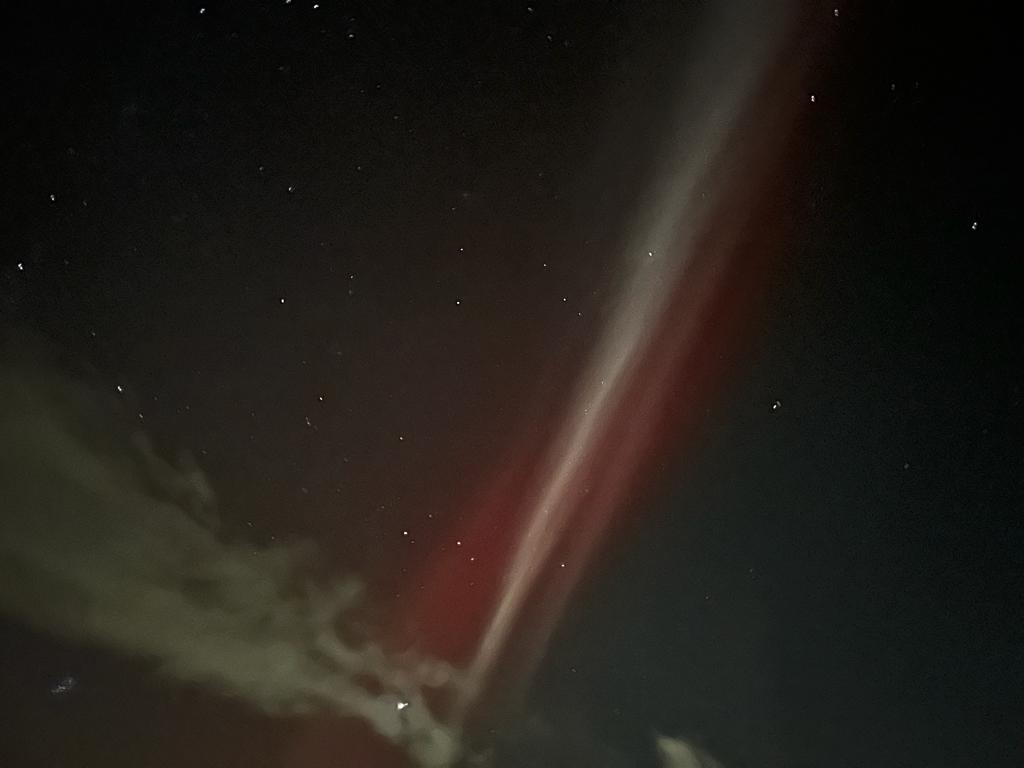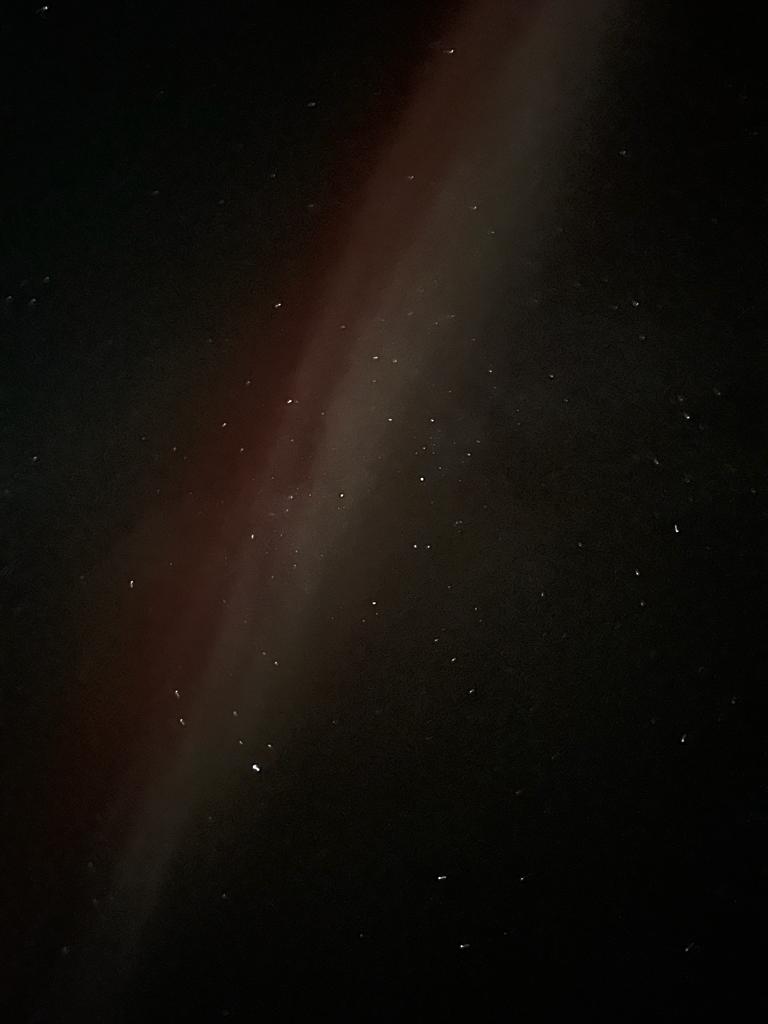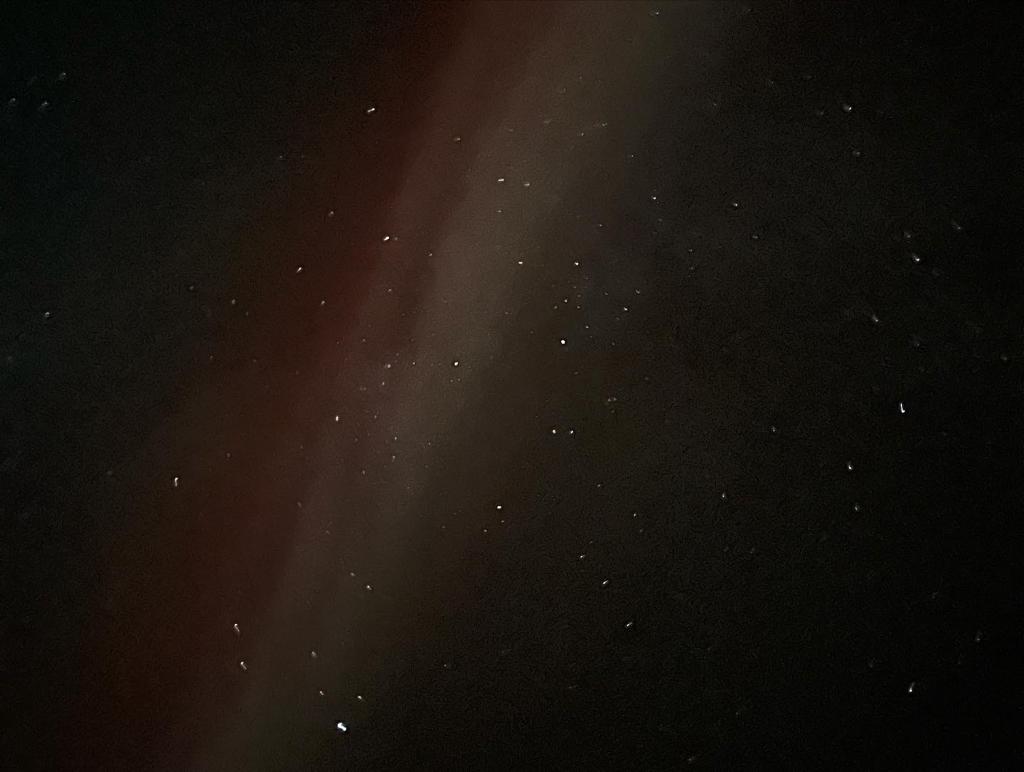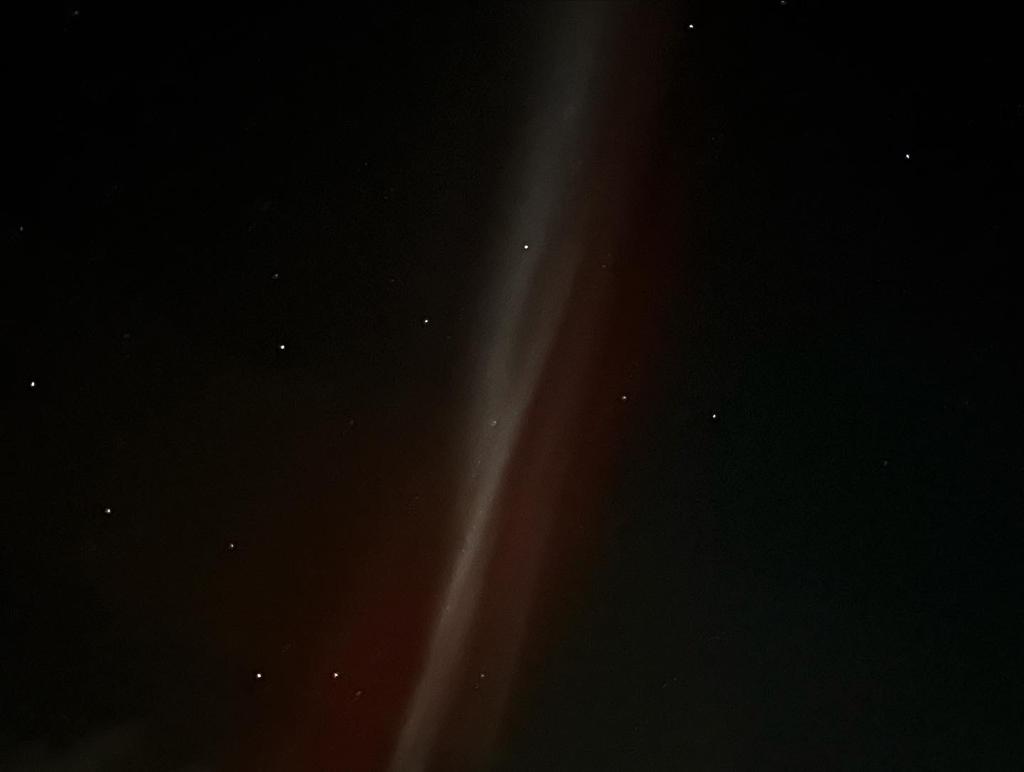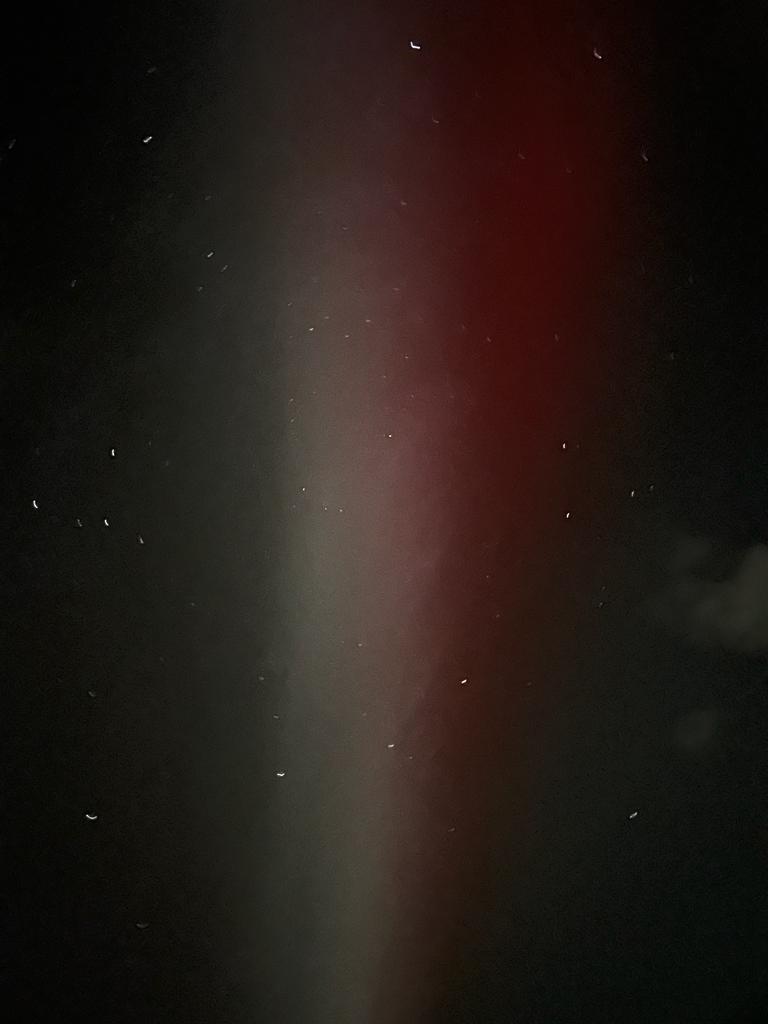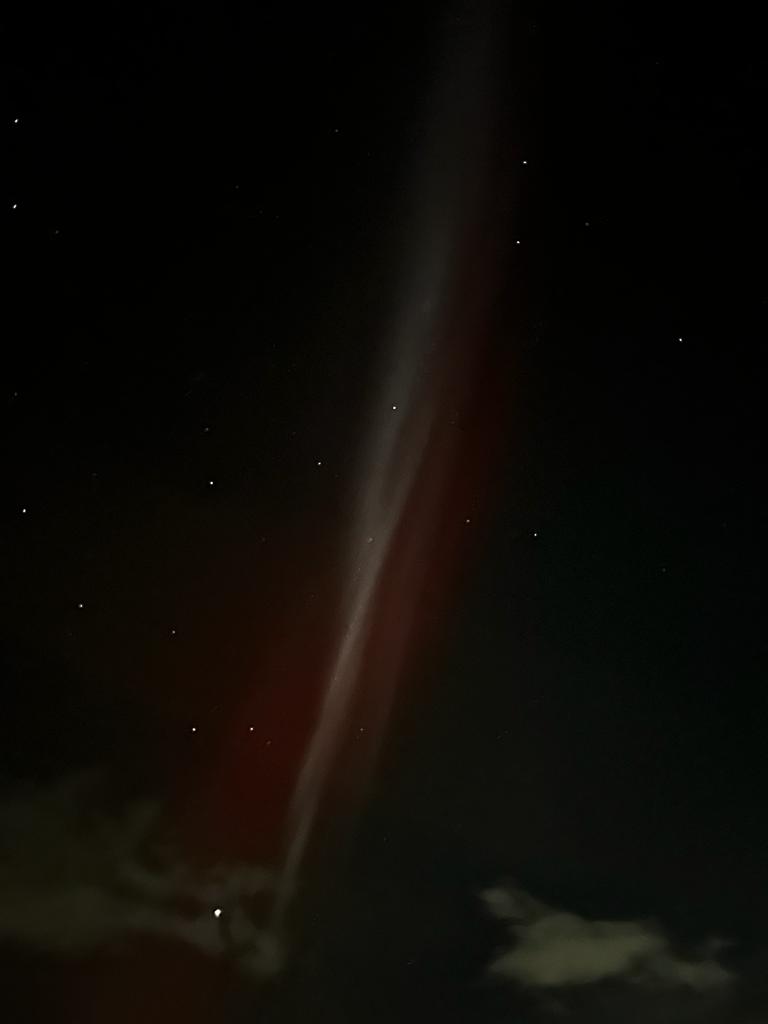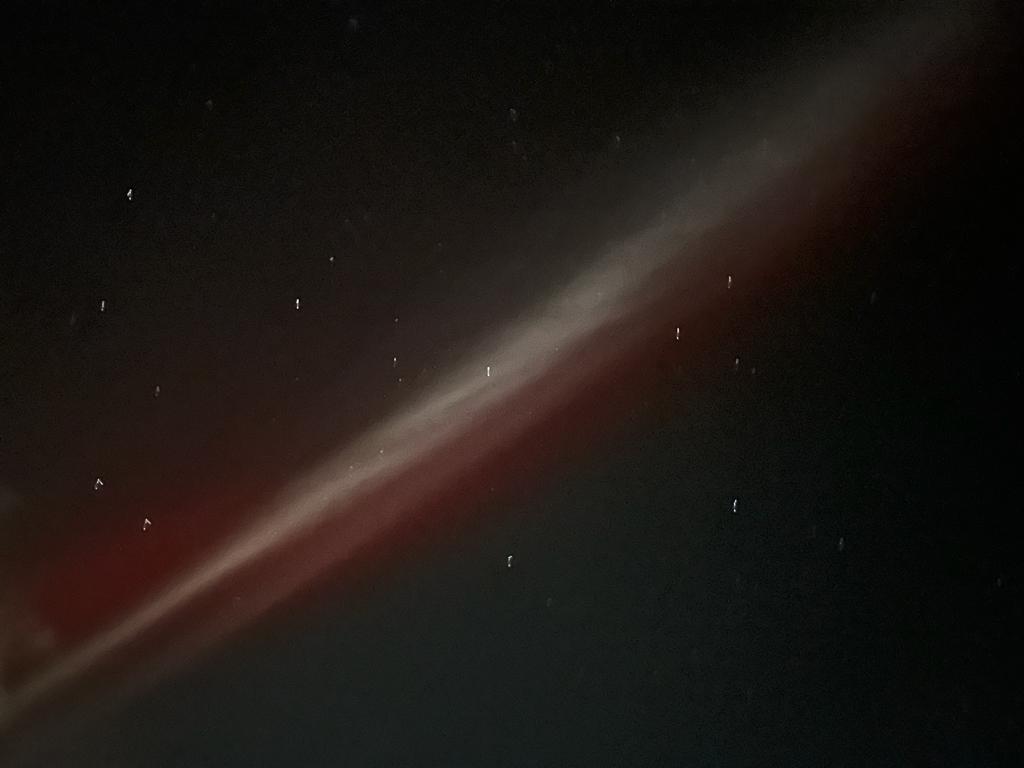William captures something special in the skies
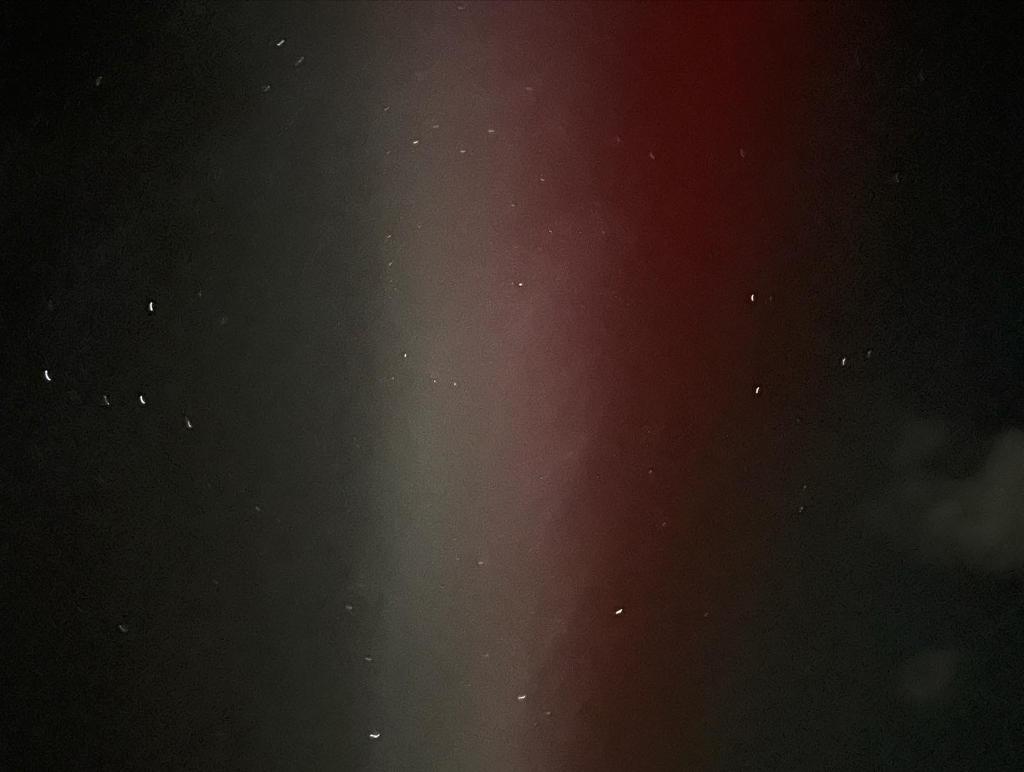

A RIPON Grammar School Year 10 student captured something quite special in the skies above Ripon on his mobile phone camera.
Meet STEVE, short for strong thermal emission velocity enhancement and rarer than a regular, run-of-the-mill aurora borealis.
Using a short exposure setting on his phone camera, William Renton, 14, from Kirkby Malzeard, managed to produce a series of stunning photos of the aurora-like phenomenon, which was first discovered in 2016.
Currently studying GCSE astronomy, he said: "I have always been interested in the stars and sky. I have particularly always wanted to see the Northern Lights or a form of them in person. This was quite impressive and even with just my eyes, a grey cloud-like straight line that went straight across the night sky. As you can see it looks even more impressive with a camera.
"I have an interest in photography of some things like sunsets and sunrises with a nice background and the Northern Lights has been something that I have wanted to add to my collection however I have never had the opportunity before."
The atmospheric optical phenomenon is caused by a flowing ribbon of hot plasma breaking through into the earth’s ionosphere, appearing in the sky as a purple, red and white arc.
This plasma is a blast of hot gas – ‘normal’ auroras are caused by particles such as electrons and protons pummelling the planet, usually fired from the Sun as solar flares or coronal mass ejections.
As the ‘space weather’ collides with the atmosphere at around one million miles an hour, it energises particles in the magnetosphere, sending them rushing up and down the planet’s magnetic field lines towards the poles.
Here they collide with oxygen and nitrogen in the upper atmosphere, exciting the atoms that then release visible light of different colours, including green, purple and pink.
But whatever is hitting the planet, particles or plasma, the effect is equally as stunning, creating the mesmerising Northern Lights – and Steve – seen over the UK on the night of Sunday, November 5.
The aurora borealis, which have been particularly common recently as the Sun reaches its solar maximum, can stretch from 50 miles above Earth to as high as 400 miles.
Green auroras are caused by excited oxygen particles around 60 miles high, but at altitudes of 100-200 miles, this turns to red. Nitrogen gives off blue light at lower levels but switches to purple hues when higher in the atmosphere.
The Northern Lights are usually easiest to spot in the in Scotland, the north of England, north Wales and Northern Ireland and are usually most active around the spring and autumn equinoxes in March and September.
